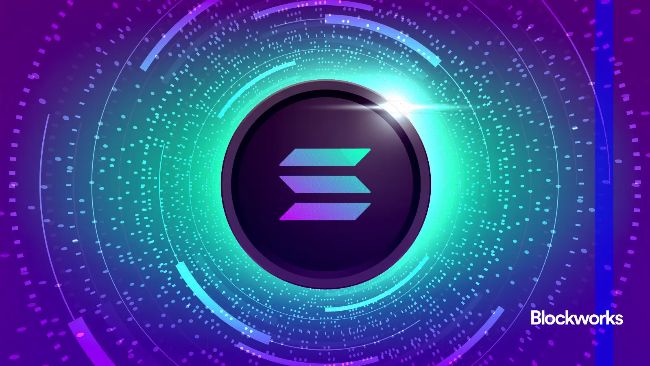This is a segment from the Lightspeed newsletter. To read full editions, subscribe.
Validator clients are the software that nodes run to participate in consensus and maintain the network. They validate and vote on blocks, process transactions, and generally just keep the network alive, handling both consensus and execution in a single piece of software.
Historically, Solana’s entire ecosystem has relied on one implementation, a Rust-based client developed by Solana Labs, and now maintained by Anza under the name Agave. Today, however, the vast majority of stake (90%+) runs on Jito-Solana, a fork of the Agave client with added MEV infrastructure.
The centralization of that effort is a problem, though. If Jito-Solana were to fail, the network risks performance issues or even a chain halt.
Jump Crypto’s Firedancer is the leading contender meant to break that monoculture, and it gets a heck of a lot of lip service in our community. This is not without good reason, of course. Once it’s live, it’ll be modular, wicked fast, and capable of handling over a million transactions per second.
- Jito-Solana was an early breakaway from Agave and is now the dominant client by stake weight. It’s not a ground-up rewrite but a fork of the original client with an MEV infrastructure. Jito introduced a bundle auction system that lets validators capture MEV more transparently, and share those rewards with stakers, not just slot leaders. By proving that validators would adopt client software offering new incentives, Jito opened the door for more experimentation and design specialization.
- Sig is Syndica’s answer to Solana’s performance ceiling. Where Firedancer pushes raw throughput for validators, Sig targets read operations. It’s written in Zig, a language focused on readability and memory control, and nearly all dapp interactions involve reading data rather than writing it. Sig overhauls the architecture to prioritize reads per second (RPS), resulting in dramatic speed gains for light clients, dapps and anyone syncing with the chain. It also has a more accessible codebase for contributors who find Rust daunting.
- Paladin is a lightweight fork of Jito-Solana. Like Jito, it originated as a modified version of the original client and claims to add new logic to handle MEV more transparently. Its core innovation is the P3 port, a protected lane for token-gated transactions intended to prevent sandwich attacks and curb extractive behavior. While Paladin promotes fairness and aims to redistribute MEV to stakers, it’s also faced criticism for introducing fragmentation and reducing validator earnings. When reached for comment, Paladin core contributor Edgar Pavlovsky disputed data showing Paladin validators earn less. He argued that if anything, Paladin is less fragmenting than Jito, which adds extra steps to the transaction process via its block engine and bundler.
- TinyDancer is something else entirely. It is Solana’s first open-source light client, offering trust-minimized mobile access. The client supports SPV-style verification, data availability sampling and even fraud proofs, all designed to let users confirm network integrity without relying on third-party RPCs.
Read the full article here









